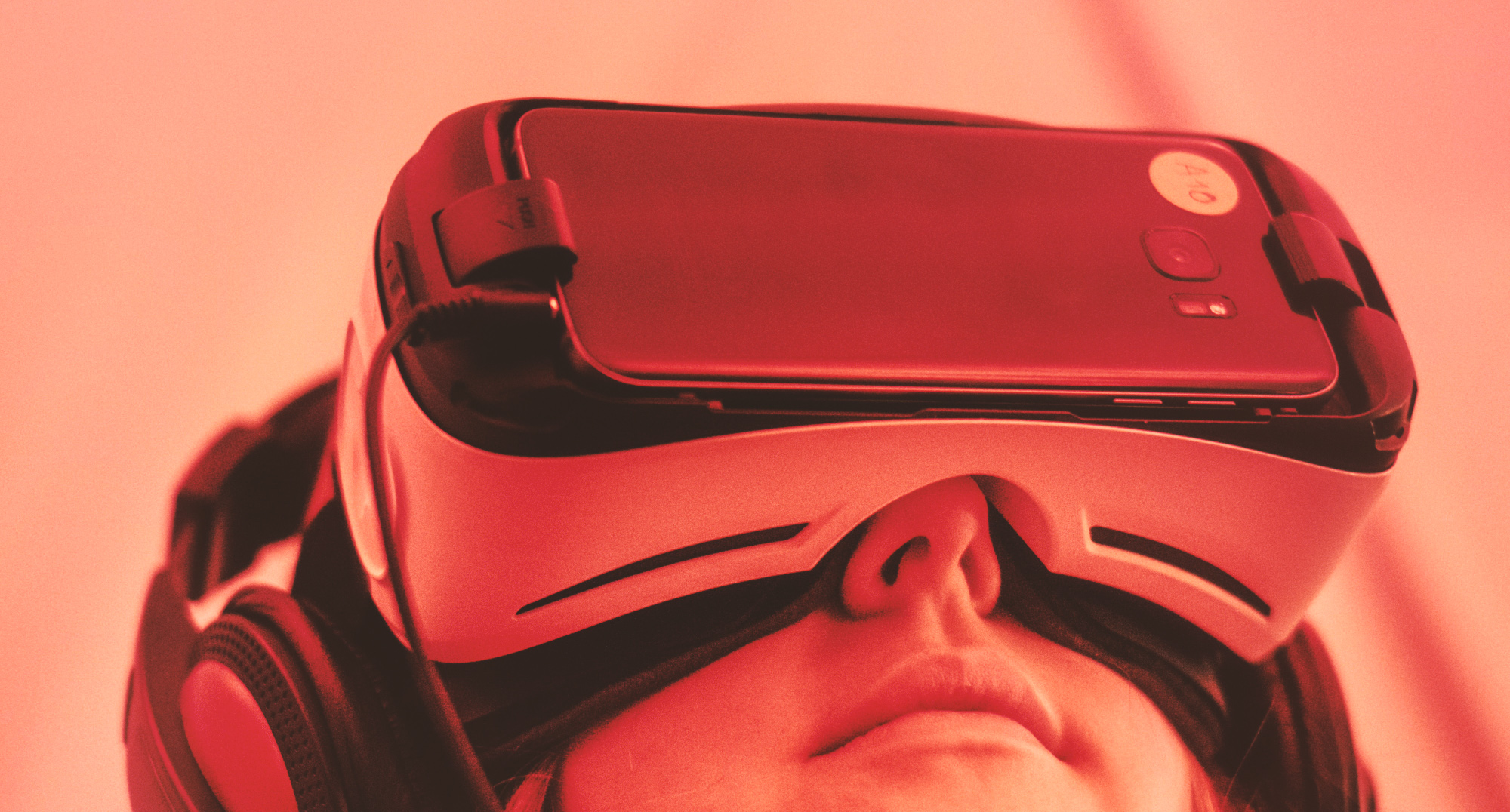Gaming has become part of our comfort zone, a space where people hang out, compete, and feel at home. Thanks to better tech like VR and AR, these experiences feel more natural and less like science fiction. For gamers, this shift didn’t happen overnight, but now it’s clear: the digital world is where a lot of real life happens.
Games Feel More Real Than Ever
What used to be a flat image and a joystick now feels like stepping inside a living world. Virtual reality and haptic feedback make actions physical: grabbing a weapon, ducking behind cover, or feeling the echo of sound in a crowded arena. Games like Half-Life: Alyx show how far this has come.
That same shift is happening in other spaces too. In online casinos, we’ve gotten used to safe slot gambling sitesoffering spinning reels and high payout rates. But many of these platforms now go further. Thanks to live dealer tables, players can now chat with real people (hosts and other players) while playing. It turns what used to be a solo game into something more social.
You see it elsewhere, too. Virtual concerts inside games pull in millions, where people dance, cheer, and take part like they’re really there. It’s more than just tech; it’s how people connect now.
Real Connections, Built in Virtual Worlds
People aren’t just playing games anymore. Instead of that, they’re meeting, talking, and building friendships inside them. Now, players use voice, body movement, and shared experiences to interact in ways that feel closer to real life.
Social VR platforms like VRChat or Rec Room draw massive crowds every day. People drop in for all kinds of reasons: to hang out, attend events, or just talk to someone without pressure.
For many younger users, especially after years of isolation, these digital spaces offer a way to rebuild confidence and practice social skills without judgment. Features like spatial audio and lifelike movement help make things feel natural, even behind a screen.
Digital Markets That Matter
Games now have real economies, run by the players. People create gear, buy property, and trade with each other using virtual currency. Many treat it seriously by flipping rare items for cash or building stores inside the game.
Online games like EVE Online or Final Fantasy XIV show how deep this can go. Players run mining operations, build shops, and plan trade routes.
Big events inside the game shift prices and demand, just like real-world markets. These systems are getting stronger, especially with blockchain giving users full ownership of what they create or buy. And the skills players learn (project planning, sales, teamwork) often carry into jobs outside gaming.
What Gaming Does to the Brain
Spending time in virtual worlds changes how people think and feel. Games that demand spatial awareness, quick thinking, or strategy can sharpen those exact skills over time. Wins feel rewarding, and the process of retrying after failure builds patience in a way that doesn’t feel forced.
Still, spending hours at a time in these spaces can have side effects, especially if breaks aren’t taken.
And the mental benefits are getting more attention. Studies are starting to show that storytelling games can help with mood regulation, while decision-making games might boost focus or problem-solving in everyday life.
Games also give people a way to try out new roles. Your avatar can become a version of you that acts with more confidence or creativity!
Gaming That Blends Into the Real World
The tech behind games is changing fast, and what’s coming next feels less like science fiction and more like the next logical step.
There’s also a growing effort to make all this more inclusive and sustainable. Newer hardware includes adaptive controls for players with different needs. Some studios are switching to energy-efficient servers or designing gear that’s easier to recycle. It’s all pointing in the same direction: games that feel more natural, more accessible, and more connected to the lives we live offline. What an exciting future!

